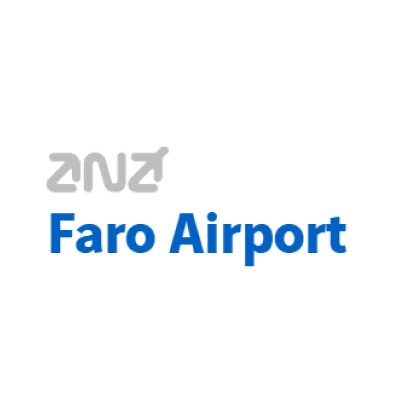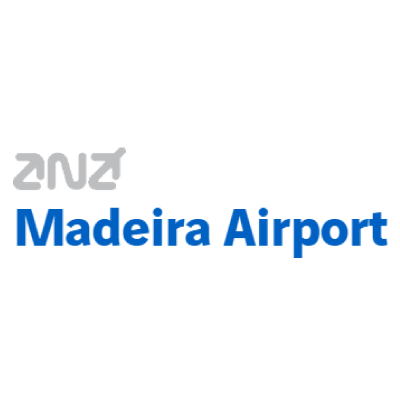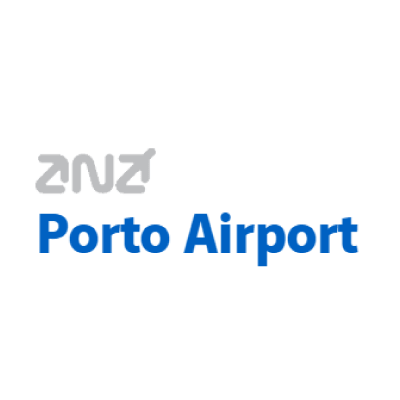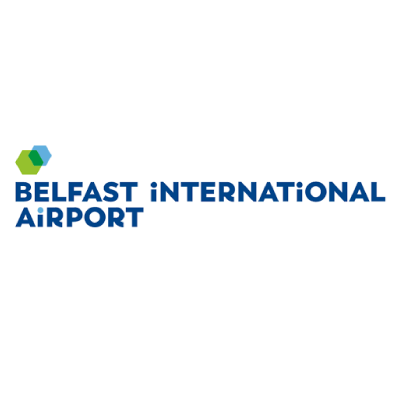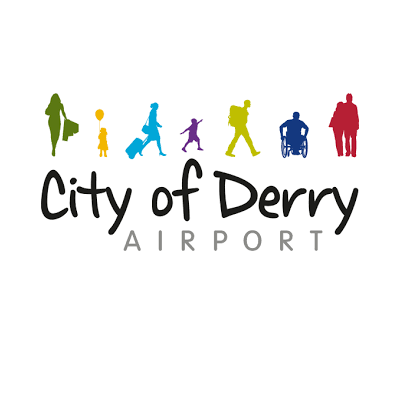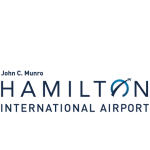The Internet has become the go-to place for information of any kind. The importance of digital branding is at an all-time high. As shopping increasingly moves online, Statista predicts that e-commerce will reach a share of 18% of all retail sales in the UK by the end of 2018. Globally the figure is at 11.9% rising to 17.5% by 2021. There’s no telling where this growth might end.
While high-street retailers and commercial property developers have seen profits plunge, airports are uniquely placed to take advantage of the digital and e-commerce boom. In fact, corporate.flio.com suggests that in the future, airports could become the only place where people will still shop physically rather than virtually. Meanwhile Skift reports that by 2020 the travel industry will have a higher percentage of online payments in relation to all sales than any other industry in the world.
The rise of digital means new challenges for airport marketers. Customers use social media to share opinions, complaints and thoughts online, and this creates an unprecedented opportunity to promote their positive experiences. Meanwhile, trends in marketing are constantly developing along with technologies and customer expectation.
The best marketing strategy for airports involves putting the passenger first, engaging with them on a personal level at every stage of the travel experience. With email continuing to out-perform other marketing channels, this means personalised email marketing.
Successful email marketing campaigns can improve brand awareness, offer special promotions that add value for the passenger, enhance the customer’s experience at the airport and can be deciding factors when a customer chooses to make a booking.
Email marketing and the booking journey
The journey a customer makes when booking a holiday or business trip falls into seven distinct stages relevant to an email marketing campaign:
- Active evaluation – commonly known as the “I want to get away” moment, the holiday begins with research. The customer compares possible suppliers and pulls information about destinations, pricing and flight schedules from Internet searches. Remember, email still delivers better for customer acquisition than any other channel. It’s 40 times more effective at acquiring new customers than Facebook or Twitter.
- Moment of purchase – the customer makes the decision to book. Again, email is a powerful tool, generating the highest ROI for marketers. For every $1 spent, email marketing generates $38 in ROI.
- Flight countdown – this is the period between the booking and the day of travel. The customer will be excitedly anticipating the trip, researching things such as weather at the destination and making last-minute checks. This is an opportunity to get to know your customer and to begin building relationships. A pre-travel email or a pre-travel automation series should provide all of the valuable information that a traveller needs to make a successful trip. Whilst these emails include information about the booking, many airports miss an opportunity to engage customers. Emails can be highly personalised, value-laden, time-sensitive communications that are completely relevant to a traveller’s upcoming trip. Customers have gone through the booking process. Your airport has a lot of data you can leverage to generate additional revenue, promote add-ons such as live car hire or hotel availability and more.
- At the airport: the experience at the airport is merges online and real world using mobile as the bridge.
- Return home – the customer is welcomed home, when they are still on a high from the recent trip, encouraging loyalty and repeat purchase.
- Loyalty loop – the airport works to build a long-term relationship and encourage the customer to book again. Visitor data can be segmented according to shared attributes, behaviours or purchase history so that communications can be sent to targeted groups of people, creating a personalised experience.
- The customer journey also includes those travellers who decided to book elsewhere. These people can be targeted with an email campaign designed to encourage them to buy direct from the airport next time.
Successful email marketing
Marketing emails are different from regular emails. They don’t just share information; they are designed to drive engagement that supports your airport and leads to more bookings, but without being pushy and off-putting.
The most productive email marketing campaigns have an authentic tone, clear focus and contain information that offers value to the reader.
Make it personal
Your customers will respond to an email that conveys information in a personal and personable way. Imagine you are having a face-to-face conversation. How would that feel? The reader should feel like the email is custom-made. It really does make a difference. According to Statista, the open rate for emails with a personalised message was 18.8%, compared to 13.1% without any personalisation, and Monetate reported that marketers see an average increase of 20% in sales when using personalised experiences. Your customers will respond to an email that conveys information in a personal and personable way. Imagine you are having a face-to-face conversation. How would that feel? The reader should feel like the email is custom-made. It really does make a difference.
Use a relevant subject line
The most important thing to remember when choosing a subject line is that it should give the reader a clear idea of what to expect when they open the email. According to Campaign Monitor personalisation works here too: Emails with personalised subject lines are 26% more likely to be opened.
The pre-header text is like a sub-header or second subject line. It gives you a further opportunity to entice the reader to open the email. Use this to your advantage with engaging text that draws the recipient to the content of the email.
Keep it simple
The content of your email should be clear and concise with one single focus. Think picture, paragraph, call to action (CTA). The email should be easy to read and centre around a single CTA which can appear several times within the email.
Don’t distract the reader
Emails should only include information that helps the reader to complete the action you want to initiate. By removing anything that distracts from the action that you want the reader to take you will find the ideal length for your email.
Remember: If content is not helping the reader to answer the CTA, it’s a distraction.
Plan to send more than one email
Email marketing campaigns generally include a series of three emails around a promotion: an announcement, a reminder and a ‘last chance to buy’. There are around 111.1 billion consumer emails sent every day, so you can’t expect your campaign to hit home in a single mailshot.
Writing your marketing email
These email tips will help your airport to achieve meaningful results from email marketing. Combined with a customisable email template like the brand-matched templates that come with Rezcomm Engage, these content tips make it possible to create relevant, customer value-led emails in minutes.
If you would like to speak to Rezcomm about our integrated e-marketing solutions or if you would like help and advice on building your airport’s email marketing strategy, contact the team today.

